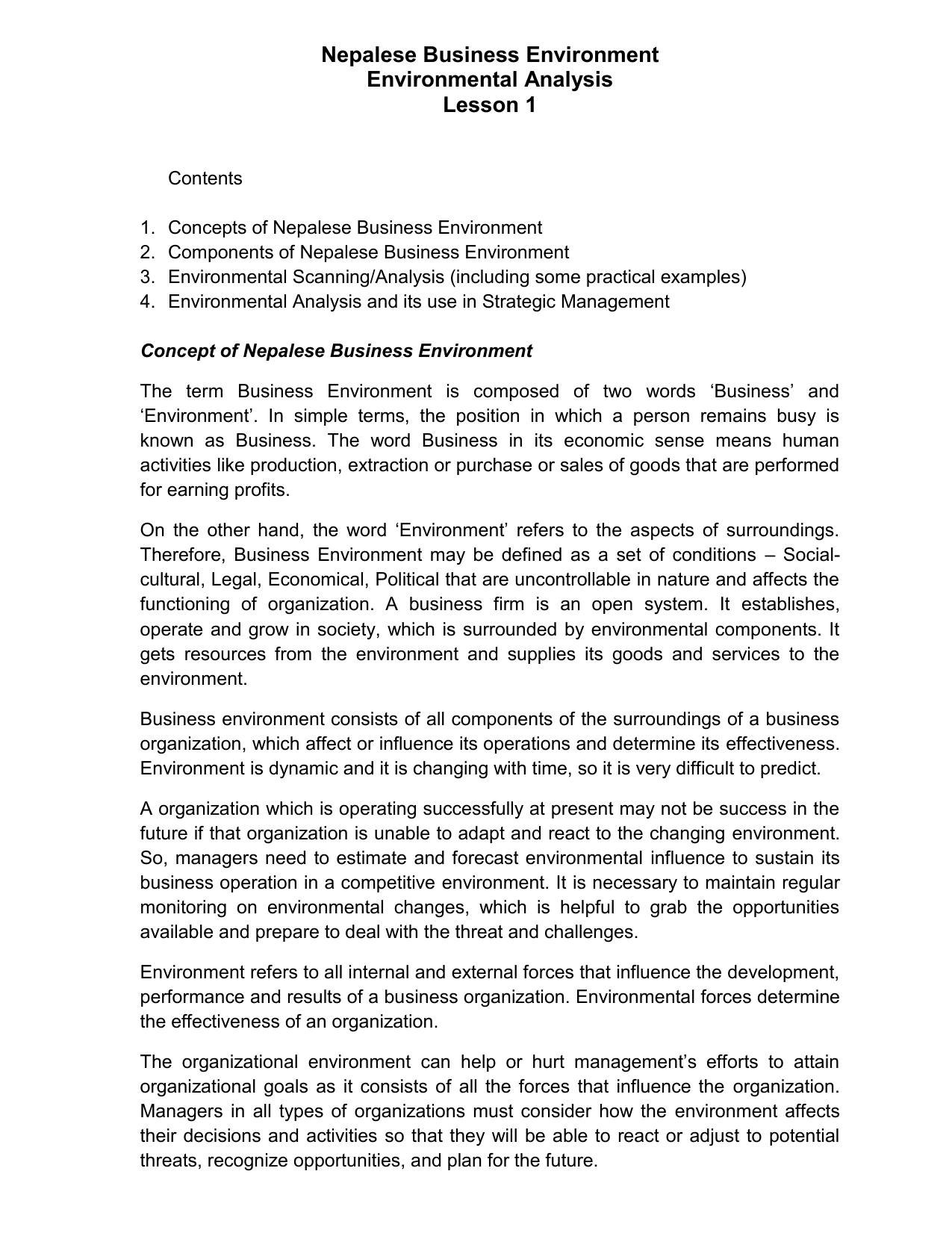
Instead, this chapter will examine some of the scientific constraints on our environmental challenges over the next century that will guide decision making into the future. This is not the focus of this course, and so it will not be discussed here. It would be impossible to address the question of how human society will deal with environmental challenges in the future without realizing that people make decisions not just based on science, but more often based on economic and political considerations. Solving these challenges does not mean avoiding environmental degradation altogether, but rather containing the damage to allow human societies and natural ecosystems to coexist, avoiding some of the worst consequences of environmental destruction.


This chapter discusses how environmental science can provide solutions to some of our environmental challenges. Many scientists fear that human activities may soon push the natural world past any number of tipping points-critical points of instability in the natural Earth system that lead to an irreversible (and undesirable) outcome. As described throughout this course, human appropriation of natural resources-land, water, fish, minerals, and fossil fuels-has profoundly altered the natural environment.

Over the next century, human society will have to confront these changes as the scale of environmental degradation reaches a planetary scale. The preceding units have described how humans have both affected and been affected by the Earth system.


 0 kommentar(er)
0 kommentar(er)
